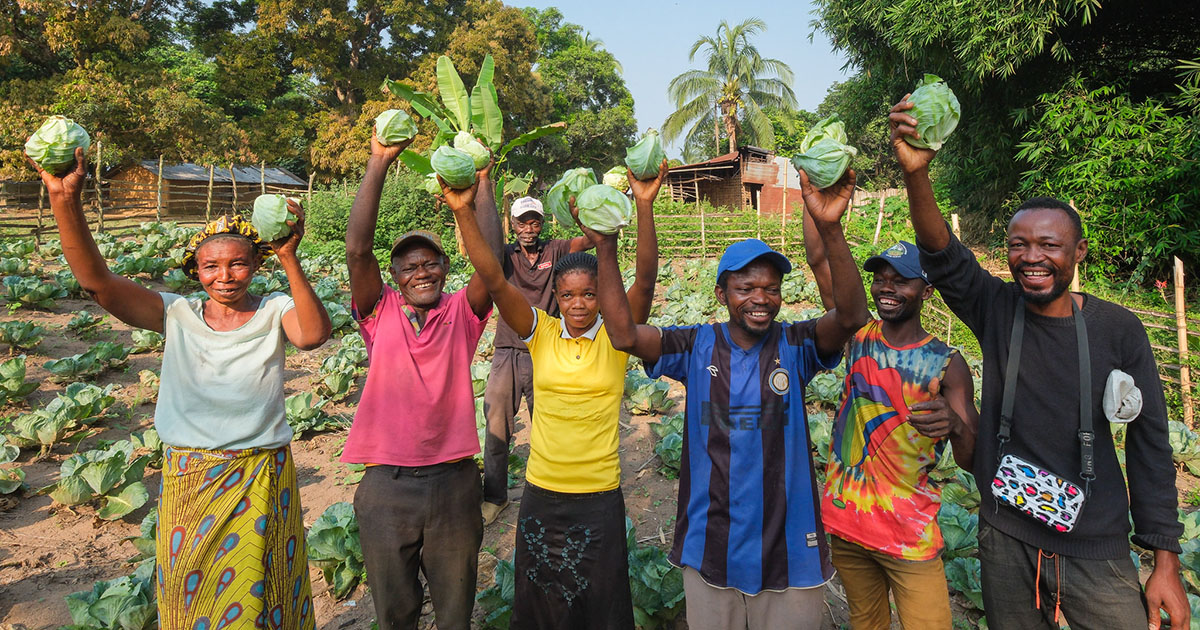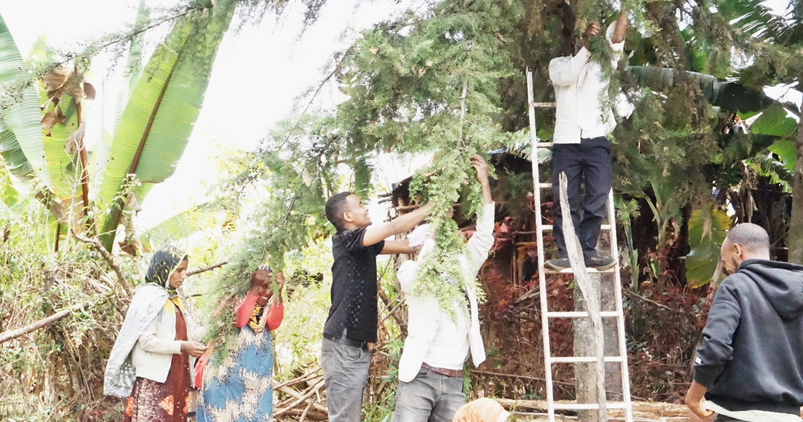As the UN Decade on Ecosystem Restoration begins, there remains insufficient emphasis on the human and social dimensions of restoration. The potential that restoration holds for achieving both ecological and social goals can only be met through a shift toward people-centered restoration strategies. Toward this end, this paper synthesizes critical insights from a special issue on “Restoration for whom, by whom” to propose actionable ways to center humans and social dimensions in ecosystem restoration, with the aim of generating fair and sustainable initiatives. These rules respond to a relative silence on socio-political issues in di Sacco et al.'s “Ten golden rules for reforestation to optimize carbon sequestration, biodiversity recovery and livelihood benefits” on socio-political issues and offer complementary guidance to their piece. Arranged roughly in order from pre-intervention, design/initiation, implementation, through the monitoring, evaluation and learning phases, the 10 people-centered rules are: (1) Recognize diversity and interrelations among stakeholders and rightsholders'; (2) Actively engage communities as agents of change; (3) Address socio-historical contexts; (4) Unpack and strengthen resource tenure for marginalized groups; (5) Advance equity across its multiple dimensions and scales; (6) Generate multiple benefits; (7) Promote an equitable distribution of costs, risks, and benefits; (8) Draw on different types of evidence and knowledge; (9) Question dominant discourses; and (10) Practice inclusive and holistic monitoring, evaluation, and learning. We contend that restoration initiatives are only tenable when the issues raised in these rules are respectfully addressed.
DOI:
https://doi.org/10.1111/rec.13574
Dimensions Citation Count:

Publication year
2021
Authors
Elias, M.; Kandel, M.; Mansourian, S.; Meinzen-Dick, R.; Crossland, M.; Joshi, D.; Kariuki, J.; Lee, L.C.; McElwee, P.; Sen, A.; Sigman, E.; Singh, R.; Adamczyk, E.M.; Addoah, T.; Agaba, G.; Alare, R.S.; Anderson, W.; Arulingam, I.; Bellis, S.V.; Birner, R.; De Silva, S.; Dubois, M.; Duraisami, M.; Featherstone, M.; Gallant, B.; Hakhu, A.; Irvine, R.; Kiura, E.; Magaju, C.; McDougall, C.; McNeill, G.D.; Nagendra, H.; Nghi, T.H.; Okamoto, D.K.; Paez Valencia, A.M.; Pagella, T.; Pontier, O.; Post, M.; Saunders, G.W.; Schreckenberg, K.; Shelar, K.; Sinclair, F.; Gautam, R.S.; Spindel, N.B.; Unnikrishnan, H.; Wilson, G.t.g.n.N.; Winowiecki, L.A.
Language
English
Keywords
ecological restoration, ecosystem management, biodiversity conservation, reforestation, sustainable development






















